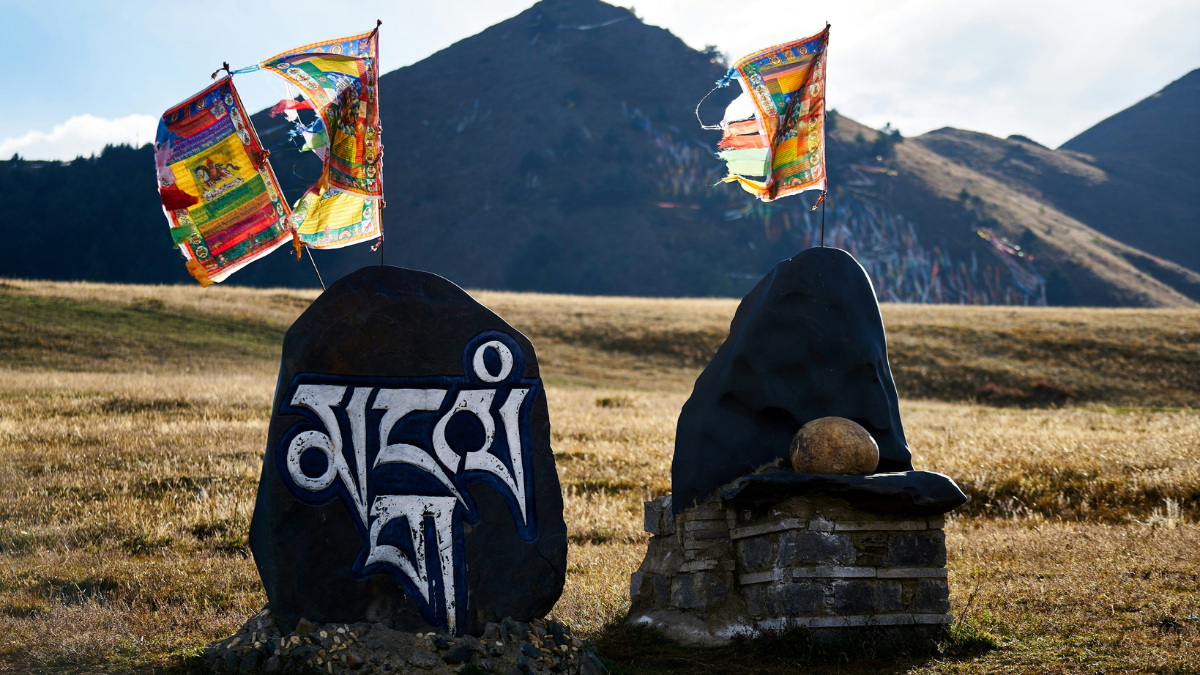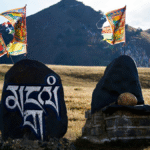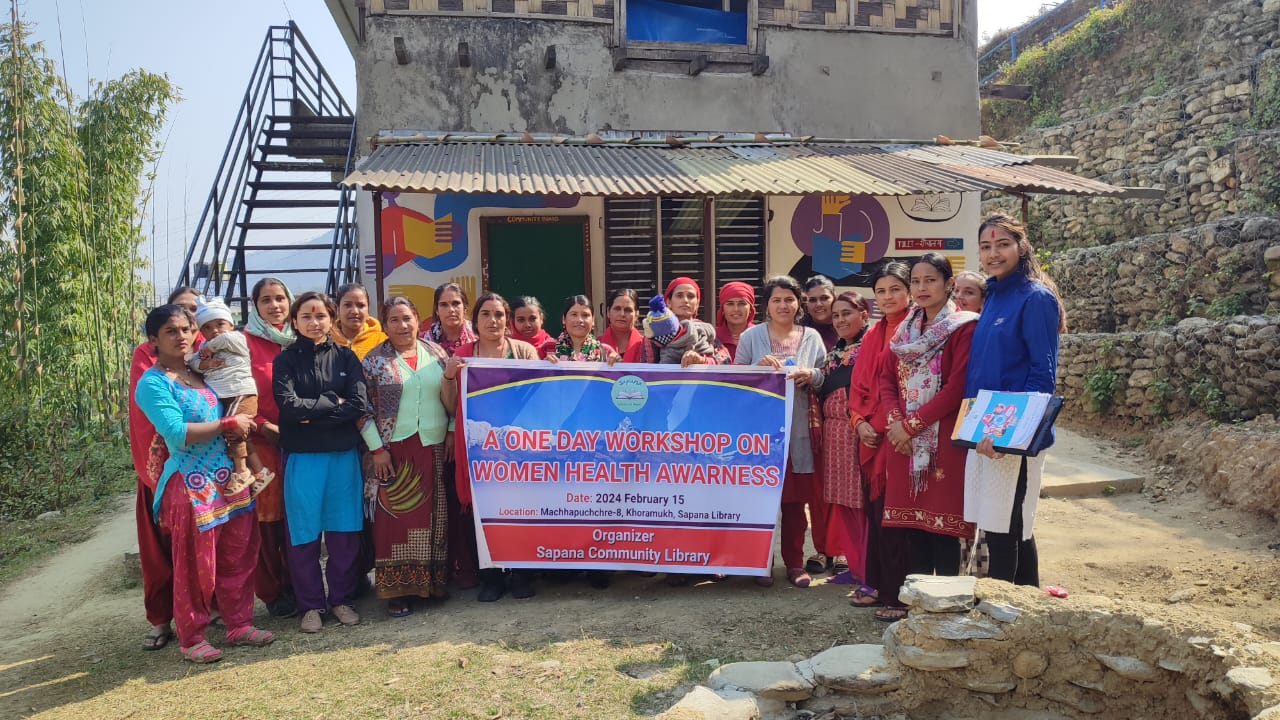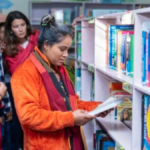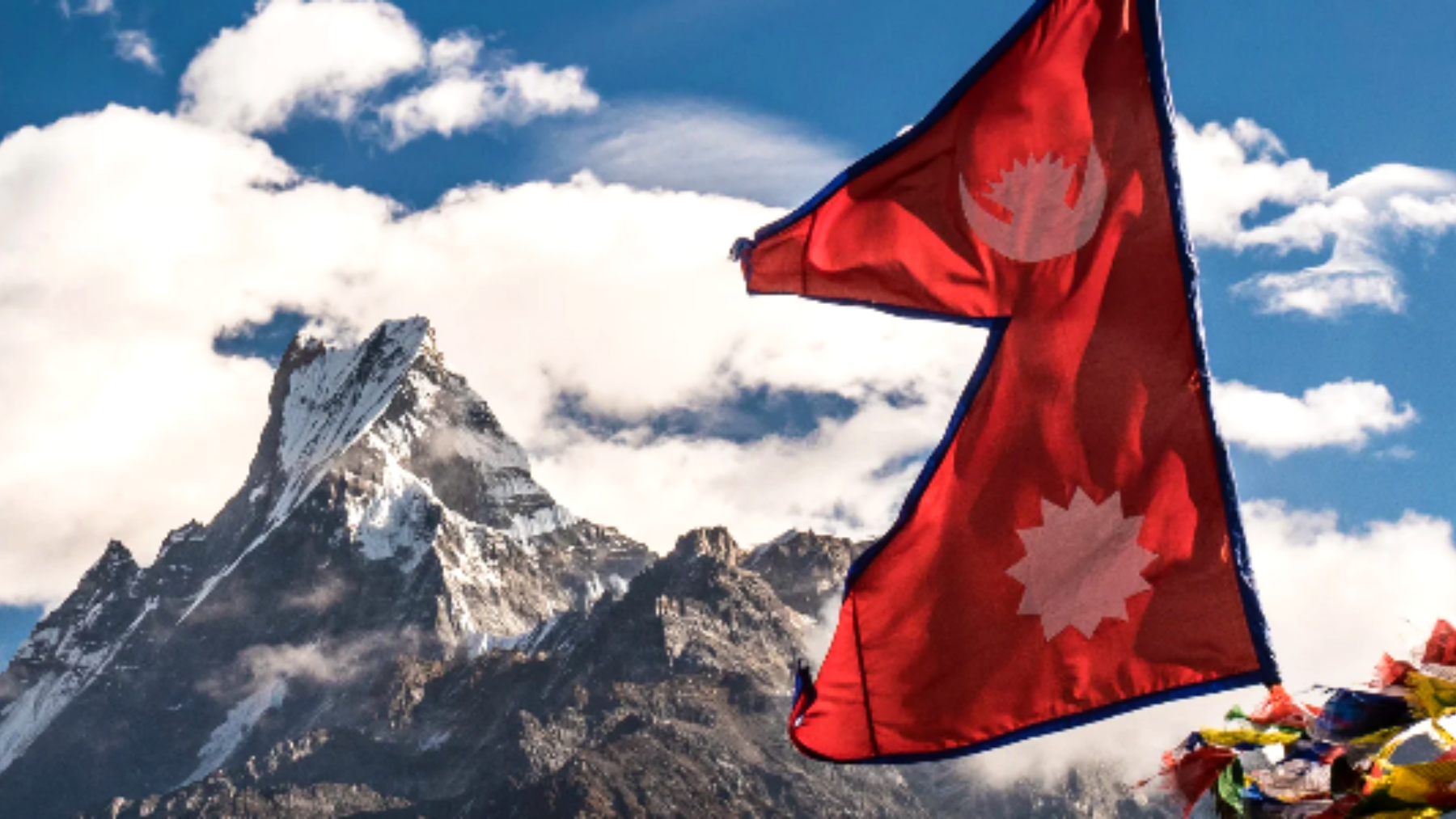How do people speak in Nepal? 5 things you want to know
Through the Sapana Library, we as a small team from Switzerland have also learned a lot about language in recent years and how it can pose barriers, but also bridge them. Today we share five facts about Nepali, the official language of Nepal and take a look at the linguistic diversity in which our library project is embedded.
1. Nepali is written in the Devanagari script
This means that Nepali uses the same script as Hindi and Sanskrit. Anyone who has ever seen the curved letters like नमस्ते (namaste) knows Devanagari. It is a phonetic script, meaning that the characters correspond almost exactly to the pronunciation, which makes learning to read easier.
2. Nepali is the mother tongue of around half of the population
Although Nepali is the official national language, it is only one of many spoken in the country. Over 120 different languages are spoken in Nepal – a reflection of the country’s ethnic and cultural diversity. Around 45% of the population speak Nepali as their first language, but it also serves as a common language in schools, in public life and in the media. Those who can read and write therefore have significantly better chances of education, participation in society and career opportunities.
3. Nepali has its roots in Sanskrit and is a vibrant language with diverse influences
Nepali originated from Sanskrit, the language of ancient religious texts and classical literature. However, Nepali has constantly evolved and remains very much alive as a language. New influences can be seen, for example, in loan words such as:
- कम्प्युटर (kampyutar) – comes from English: “computer”
- साथी (sāthi) – comes from Tibetan: “friend”
- बिस्तारा (bistāra) – borrowed from Persian: “slowly”
Language does not stand still when it is alive. Like many things in life, it changes naturally and grows together with the people who speak it.
4. Many children grow up multilingual, particularly in the region around Pokhara
As in Switzerland, children in Nepal speak an ethnic or local language at home and only learn Nepali when they start school. This also applies to the region around Pokhara, the nearest city to our library village of Khoramukh in the province of Gandaki. (4) The following local languages are particularly widespread there:
- Gurung (Tamu Kyi) – spoken by the ethnic group of the same name and one of the largest in the region
- Magar – also an indigenous language with many speakers in the hill countryside
- Tamang – sporadically represented, mainly due to migration from eastern Nepal
- Thakali, Bhujel and Newar (Nepal Bhasa) – spoken by smaller communities
This multilingualism gives an impression of the local cultural diversity, but also brings challenges in language acquisition. The Sapana library aims to give children and youth easier access to the people’s common language and eventually society as a whole.
5. Nepali as language of the poets
Whether folk songs, pop songs, classical poems or political speeches. Nepali is a language full of emotions, ideas and identity. Nepali literature is rich in voices, here are two well-known names:
- Laxmi Prasad Devkota (1909–1959) – has been awarded the national title of Mahakavi (महाकवि “great poet“) and wrote the famous epic Muna Madan
- Parijat (1937–1993) – one of Nepal’s most influential and beloved female authors, whose novel Shirishko Phool (The Blue Mimosa) is part of Nepal’s legacy to world literature
Reading doesn’t change everything, but often more than you think. One of the aims of the Sapana Library is to bring people closer to their common language as well as to their own voice. We are grateful that you are a part of our journey.
Want to know what this quote by Laxmi Prasad Devkota means? Find the answer here on @sapanalibrary’s Instagram
- Omniglot: https://omniglot.com/writing/nepali.htm
- Ethnologue: https://www.ethnologue.com/country/NP
- Nepal Central Bureau of Statistics (National Population and Housing Census 2021): https://cbs.gov.np
- Gandaki Province Profile – Language Atlas of Nepal (Tribhuvan University, Central Department of Linguistics): http://www.cdltu.edu.np/atlas/
